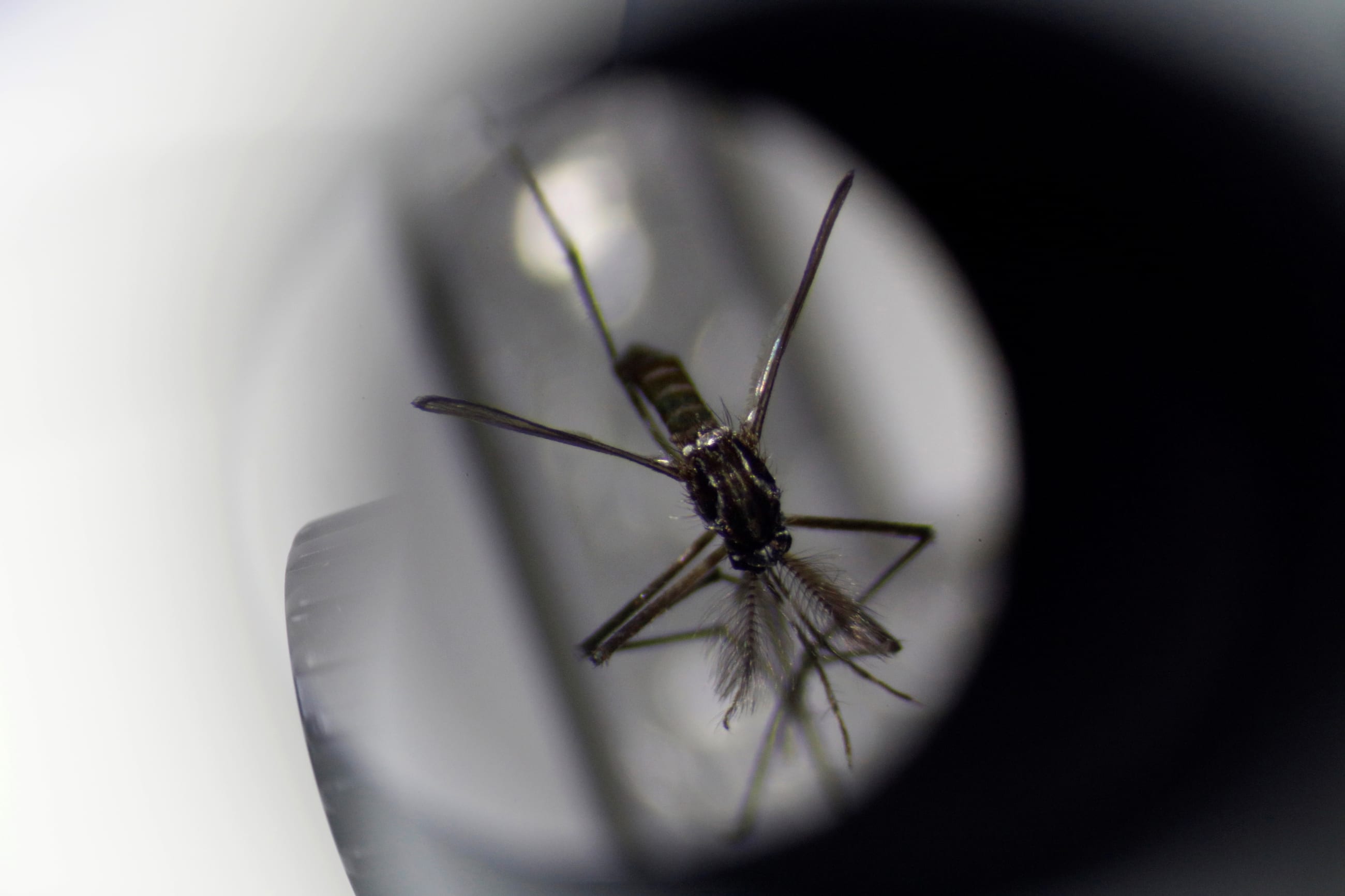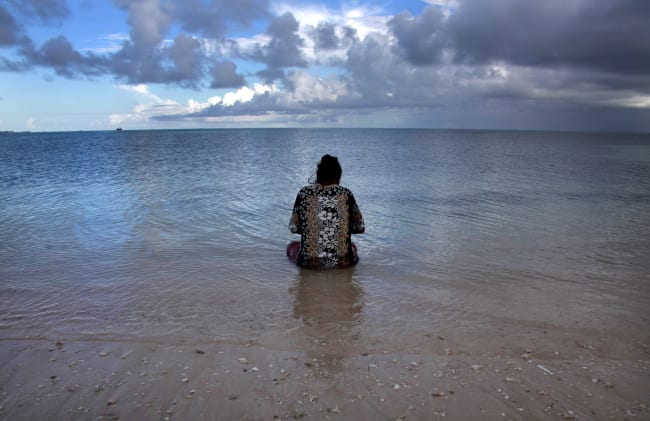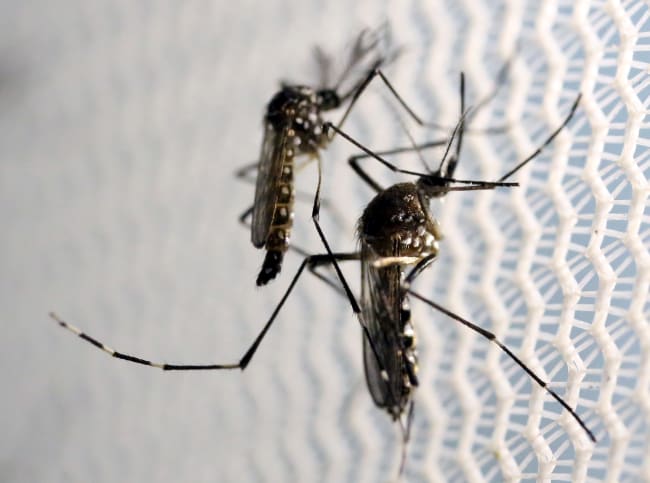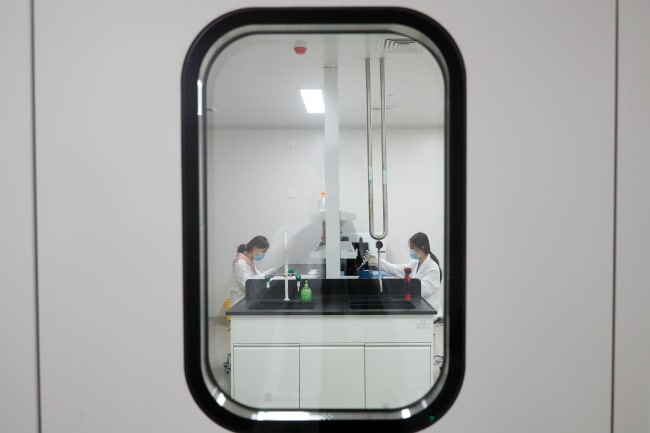Disease-carrying mosquitoes are expanding their range and the United States is not impregnable from the threat. This year, Texas, California, Arkansas, and Maryland together reported ten cases of locally transmitted malaria, a spike of incidence not seen in the country in twenty years.
Worldwide each year, mosquitoes infect roughly five hundred million people with malaria, dengue, Zika, yellow fever and Chikungunya, killing nearly one million adults and children. But these illnesses have generally been confined to warm, rainy tropical regions such as Central and South America, sub-Saharan Africa, and Southeast Asia.
That is changing because the warming climate allows the ever-adaptable mosquito to thrive in new areas. According to Dan Markowski, technical advisor to the American Mosquito Control Association, mosquitoes' growing range also reflects an increase in the frequency and severity of dramatic weather events, including flooding and hurricanes. Lately, the mosquito season "seems to start a little earlier in the year and it seems to go a little later in the year," Dr. Markowski remarked.

A 2021 study in The Lancet projected that diseases such as malaria and dengue will emerge in previously unaffected areas and reemerge in areas where they had disappeared, "where people might be immunologically naive and public health systems unprepared."
The appearance of locally acquired malaria in the United States is a frightening preview of the devastation mosquitoes will continue to wreak as climate change beckons them to more temperate areas.
New Strategies Against an Ancient Foe
The mosquito is one of humankind's oldest enemies, preceding the first human by hundreds of millions of years. Nearly half of all humans who ever lived were killed by mosquitoes, historian Timothy Winegard estimates in his book The Mosquito.
But a raft of new techniques are now available for protection from them. One of the most promising is injecting mosquitoes with the bacteria Wolbachia. When it is introduced in male mosquitoes and they mate with females, they produce sterile eggs, according to a 2009 study—a form of insect birth control. Wolbachia itself is harmless to humans and not transmissible.
A collaborative effort by the Puerto Rico Vector Control Unit and the U.S. Centers for Disease Control (CDC) released ninety million Wolbachia mosquitoes in southern Puerto Rico between 2020 and 2021. In some areas, the mosquito population dropped by 50 percent. "[With] insecticide resistance being so widespread, these new methods really provide hope," Dr. Gabriela Paz-Bailey, chief of the CDC's Dengue Branch, observed.
The mosquito is one of humankind's oldest enemies, preceding the first human by hundreds of millions of years
In another major effort, since 2011 scientists at the World Mosquito Program have been releasing hundreds of millions of Wolbachia mosquitoes in Asia, Latin America, and Oceania. Rather than infecting males, the researchers inject mosquito eggs with the bacteria. The Wolbachia-infected female progeny remain fertile but the bacteria crowd out other viruses, including some that are transmissible to humans. The idea behind this strategy is not birth control but population replacement.
As the Wolbachia infection is passed down to the next generation, a larger proportion of mosquitoes will stop functioning as vectors of disease. After a trial in Indonesia, the researchers reported a 77 percent reduction in dengue cases and 86 percent reduction in hospitalizations. The World Mosquito Program operates in fourteen countries, forming partnerships with local governments, and estimates that its work has prevented mosquito-borne illness in more than ten million people.
The program's most ambitious project is under way in Brazil, where it has a new biofactory. Luciano Moreira, one of the program's senior research scientists, estimates that it will take time to ramp up production, but their facility could eventually produce one hundred million eggs per week. Next year, in partnership with the country's Ministry of Health, the program plans to release five billion Wolbachia-infected mosquitoes.

An organization affiliated with the University of Glasgow, WolBloc, has also had success releasing Wolbachia mosquitoes in Kuala Lumpur, Malaysia. Their work led to a 62 percent reduction in dengue cases in Kuala Lumpur over the past five years, according to chief executive Steven Sinkins. Wolbloc now has partnerships in Paraguay and West Africa to develop trials.
Although the Wolbachia strategy has shown success with the Aedes aegypti—the species of mosquito that carries dengue, yellow fever, Zika, Chikungunya and West Nile viruses—it does not work for all others. Studies are still under way investigating whether the primary malaria-transmitting mosquito, Anopheles, can be infected with Wolbachia. According to Kelsey Adams, a medical entomologist at the Harvard T.H. Chan School of Public Health, the approach is promising, "but we have a long way to go to prove that it's enough to be useful in the field."
Their work led to a 62 percent reduction in dengue cases in Kuala Lumpur over the past five years
Regulatory Approval
In the United States, these technologies will need to be subject to a multiyear review process before any are applied at a large scale. Wolbachia-infected mosquitoes are considered a biopesticide, which like all pesticides are regulated by the Environmental Protection Agency (EPA). For approval, the EPA would need to determine that the technology does not "pose unreasonable risks to human health or the environment," according to the agency's website, and it must be compliant with the Endangered Species Act and the U.S. Fish and Wildlife Service.
Presently, only one commercial company, MosquitoMate, has received a commercial registration from the EPA to deploy Wolbachia-infected mosquitoes in the United States — and only in twenty states and the District of Columbia. Chief executive Stephen Dobson said the company is in conversations with the EPA about securing approval in additional states. "We're hopeful. But this has been going on for several years now," he said.
Another promising biotechnology is gene modification. Oxitec, founded in 2002 and based in the United Kingdom, developed a technique for inserting a lethal gene into mosquitoes. After mating, the transferred gene gets passed to the offspring, which die before reaching adulthood. The company has used the technology in Brazil since 2011, and is exploring projects in Panama, Djibouti, and the Marshall Islands. In 2020, Oxitec was approved by the EPA and the Florida Department of Agriculture and Consumer Services to release mosquitoes with the "self-limiting gene" in Florida and Texas.
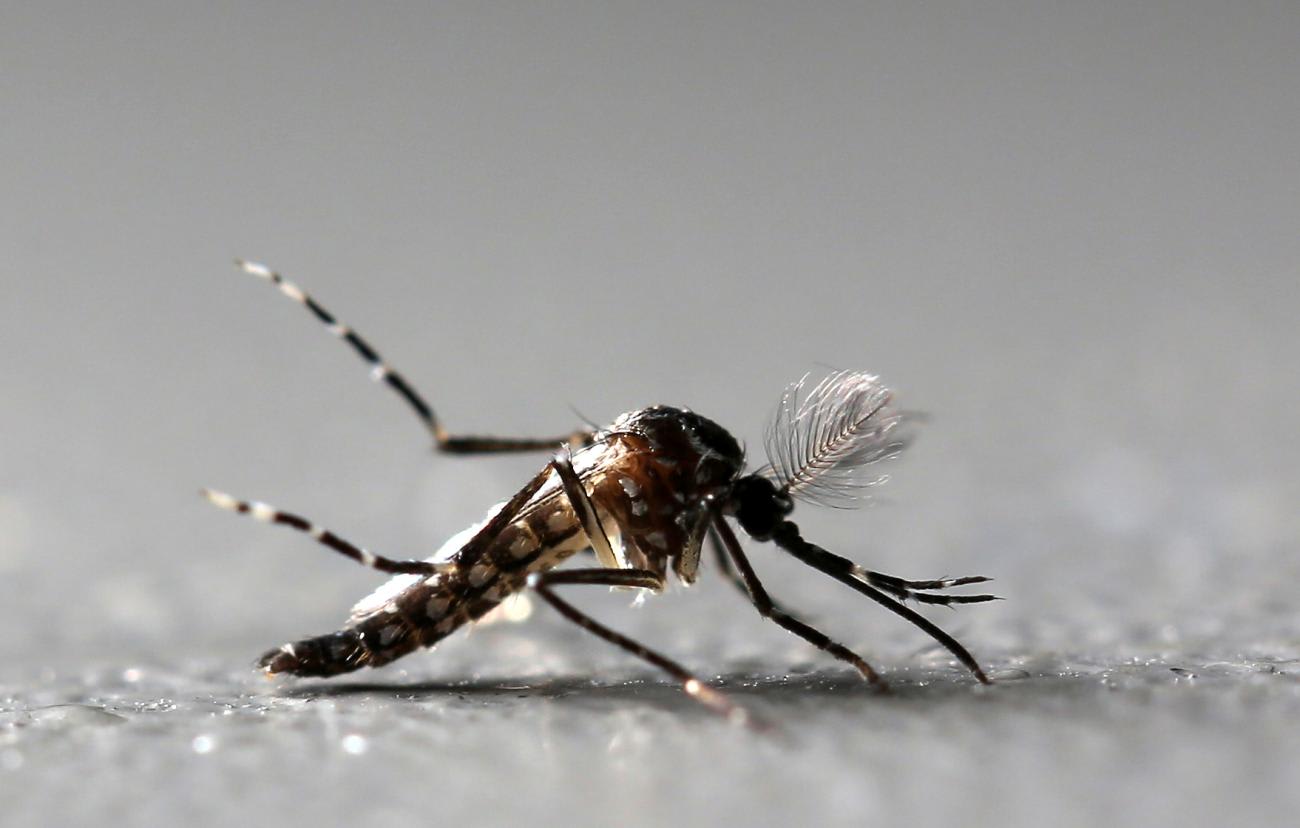
Despite successful trials in Mexico and Brazil, the company's mosquito release in the Florida Keys met resistance from groups opposed to genetically modified organisms. More than 150,000 residents petitioned the Food and Drug Administration to stop the project, but the agency ruled that the mosquitoes would not have any significant impact and the Oxitec release began in spring of 2021. Oxitec responded to protests with a public education campaign.
Community engagement has been key to successful rollouts of mosquito biotechnology in other parts of the world. In Puerto Rico, Dr. Paz-Bailey's team conducted a study to better understand local concerns and sent annual questionnaires to communities before, during and after the release of Wolbachia mosquitoes. They found that this approach helped the public understand that no evidence suggests any harm to humans or the environment, she said.
According to Eric Caragata, an entomology professor at the University of Florida and member of the Florida Mosquito Control Association, "The key is for mosquito control personnel and regulators and government officials to explain the science in a way that's understandable so that we can use these tools in the right fashion."
"The key is for mosquito control personnel and regulators and government officials to explain the science in a way that's understandable…"
Eric Caragata
Dr. Caragata also observed that a national strategy for mosquito control is probably not realistic or desirable given that mosquitoes plague some communities more than others. Communities will need to choose their own strategies, he said. Pesticides and larvicides will continue to be needed, particularly during outbreaks, but new technologies could be used throughout the year in hotspot areas. "The more tools that we develop, the better we can tailor our response to particular mosquito species or particular pathogens in certain areas," he said.
The time is coming when these new technologies will be needed on a larger scale. Mosquitoes now number more than one hundred trillion across the globe—and counting.

